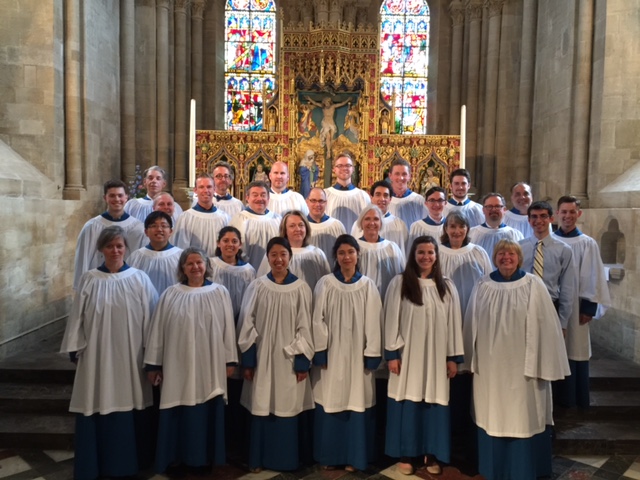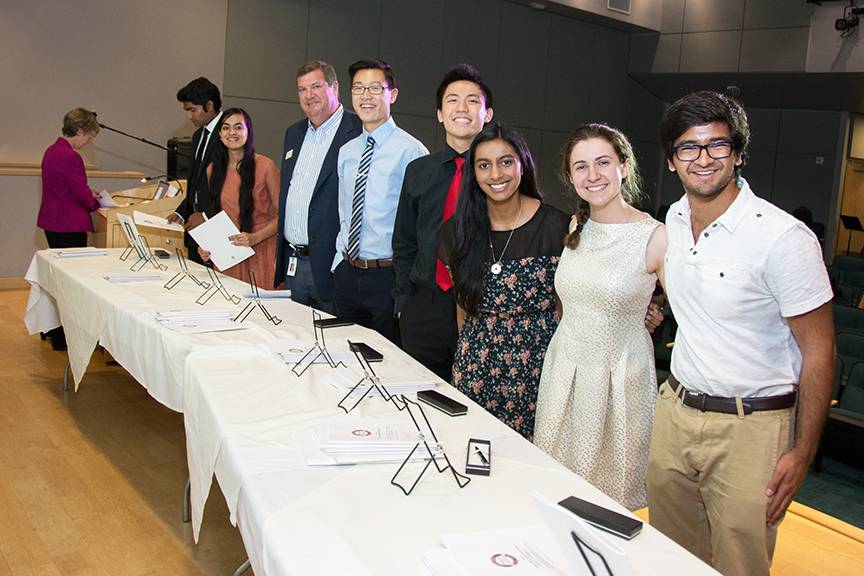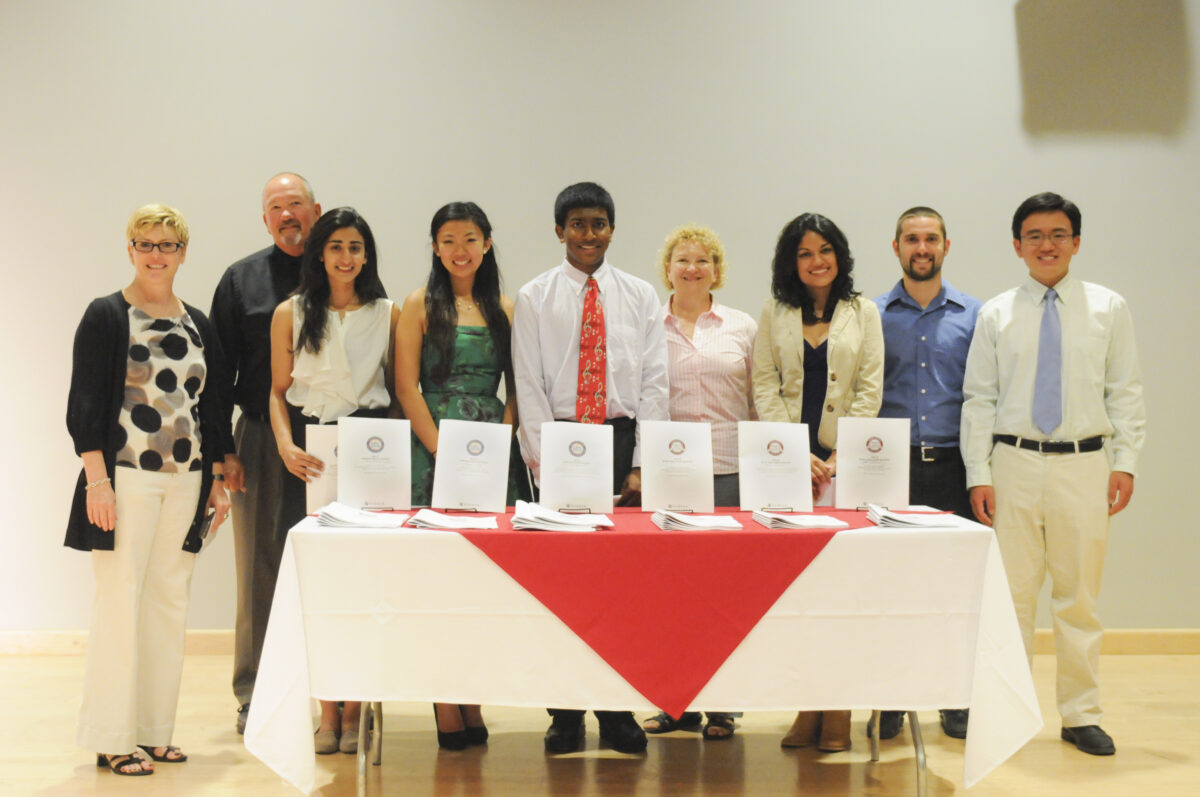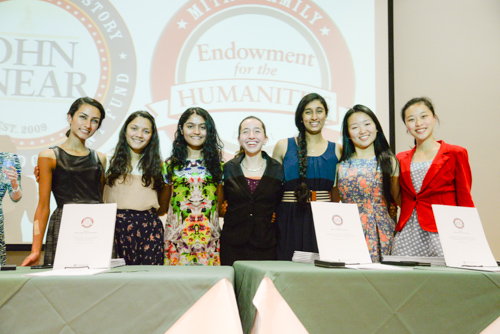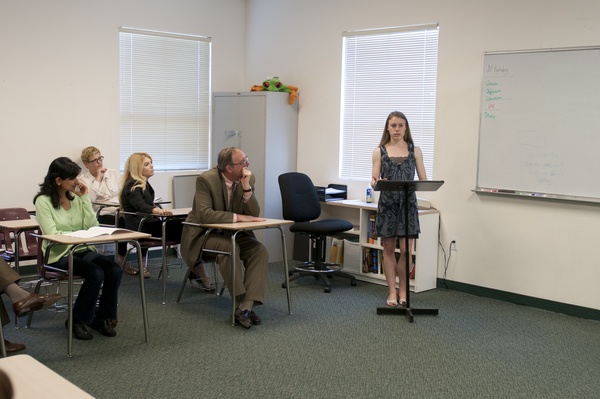Raju and Bala Vegesna Foundation Supports Enhanced Learning for Teachers
This article originally appeared in the winter 2015 Harker Quarterly. For some time the Raju and Bala Vegesna Foundation has generously supported various professional development…

